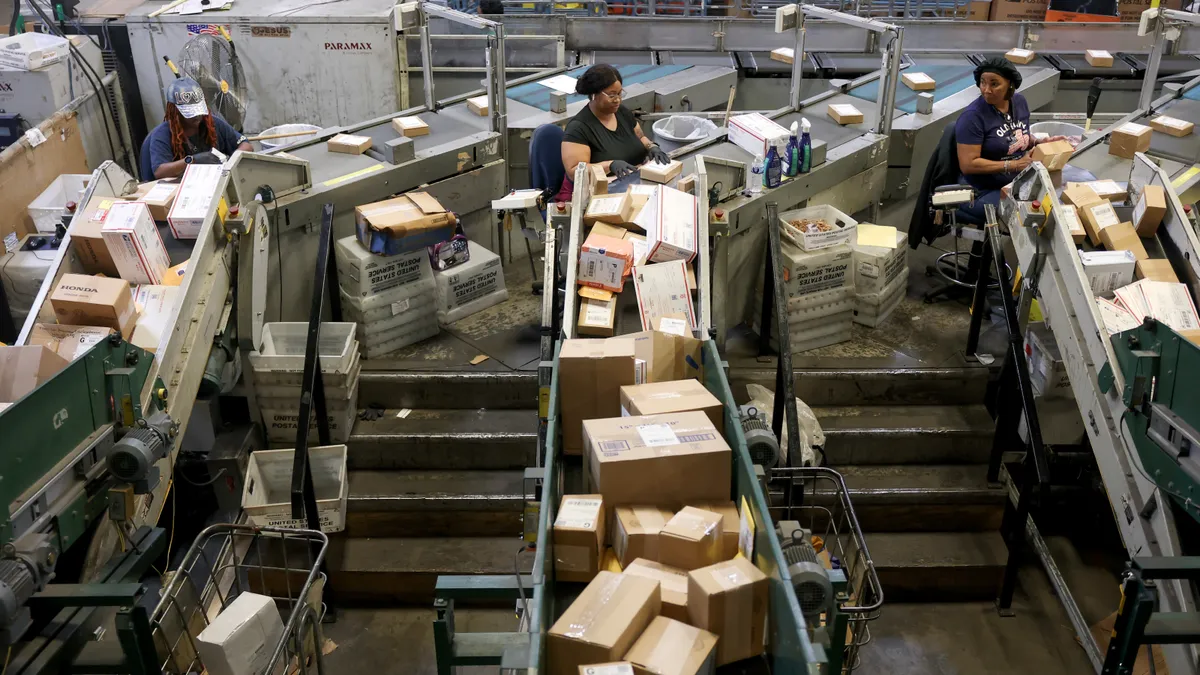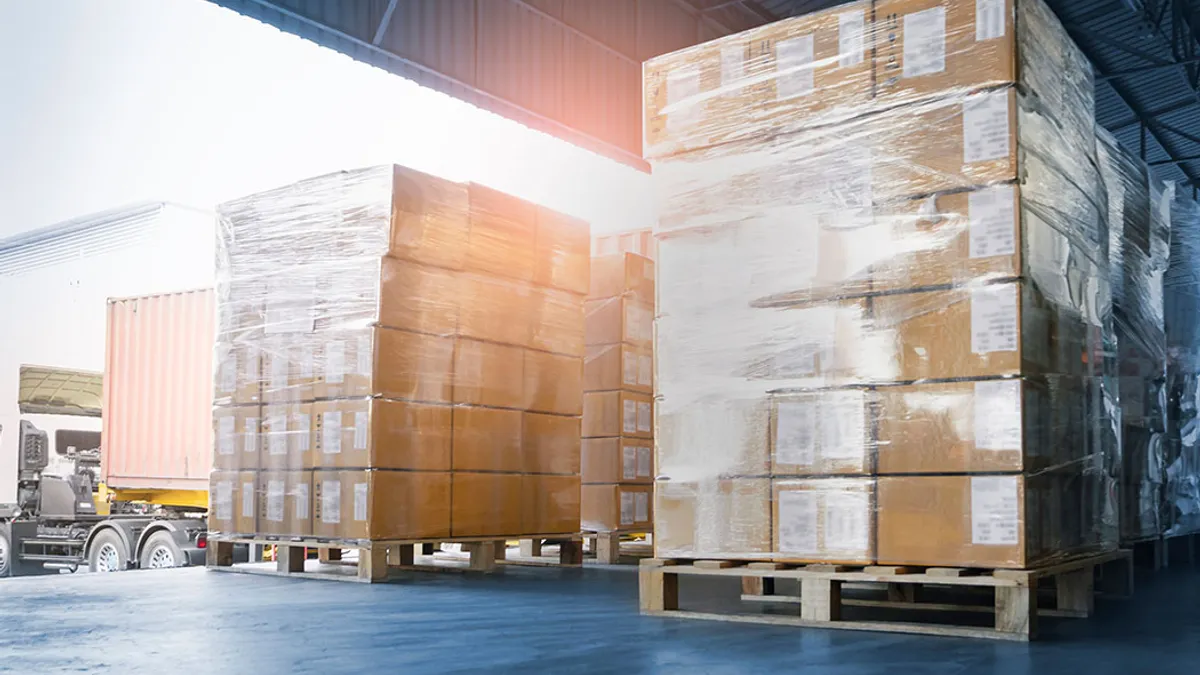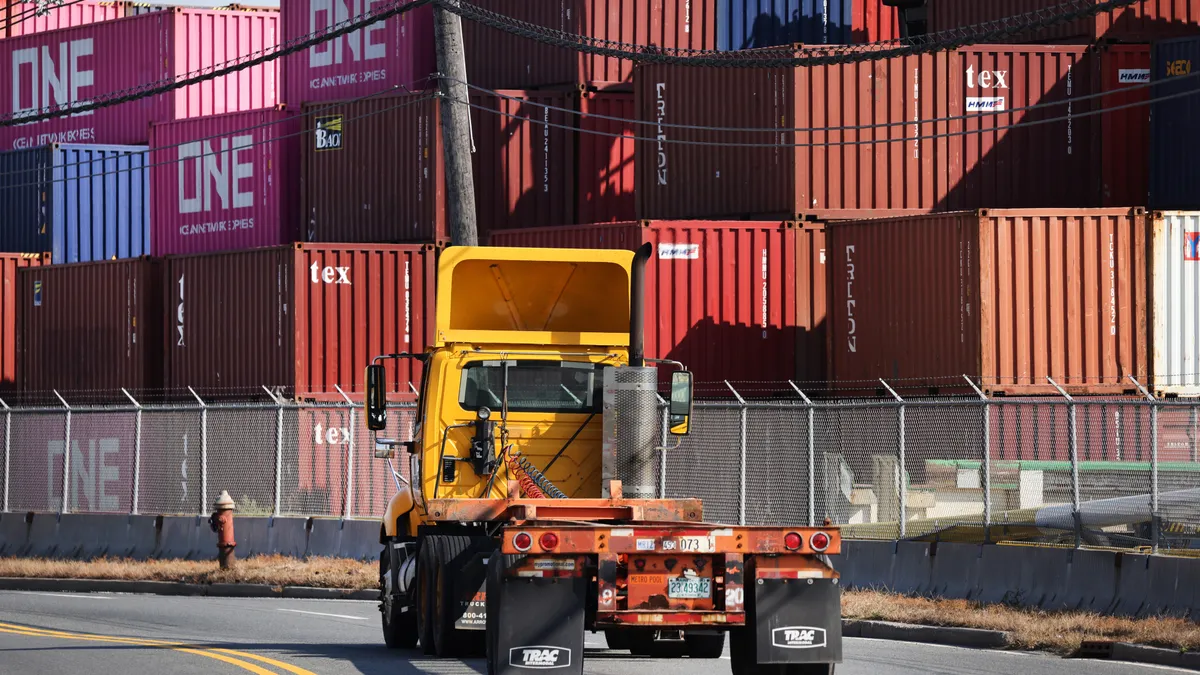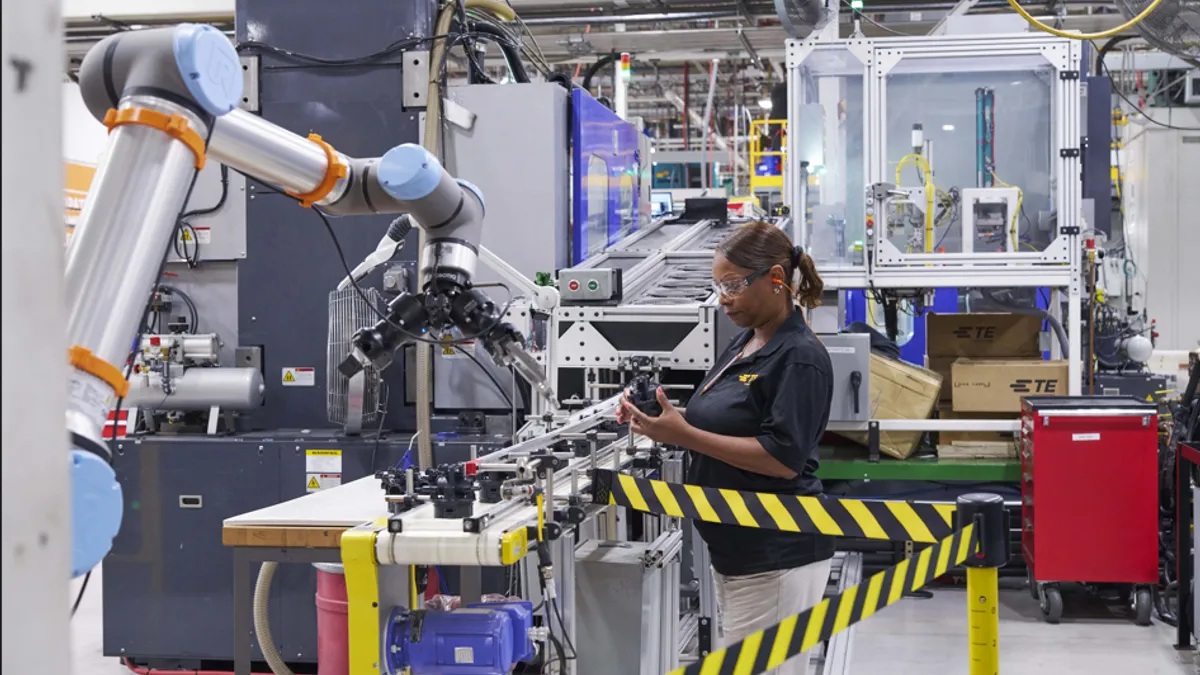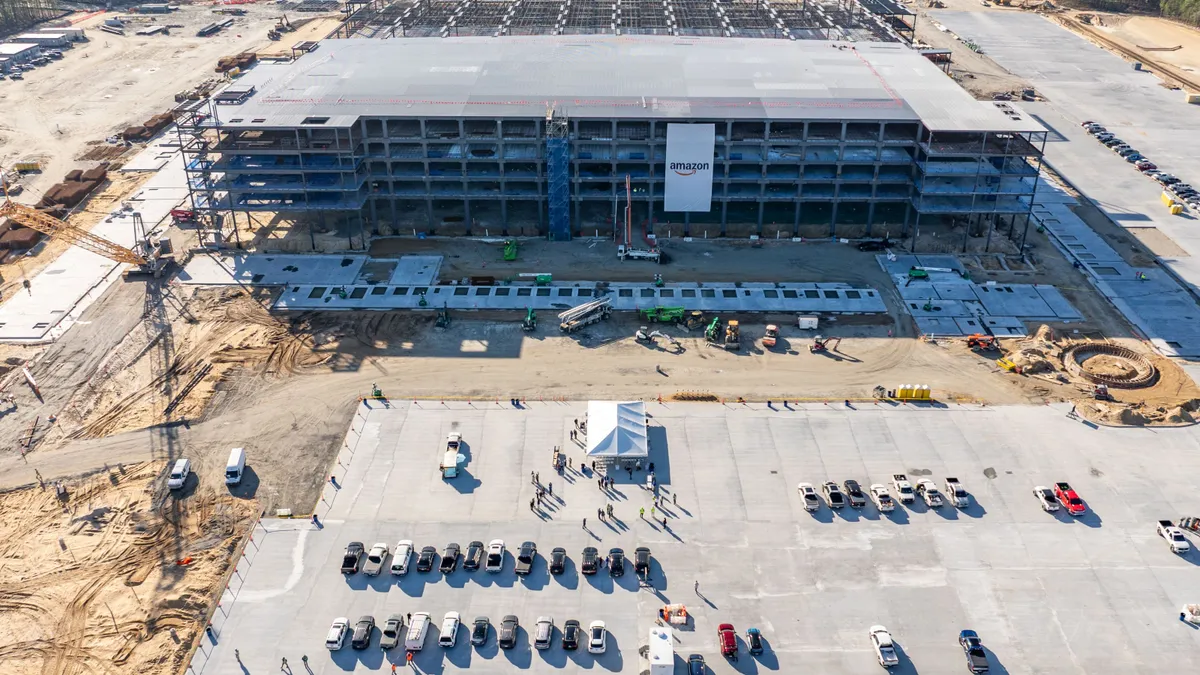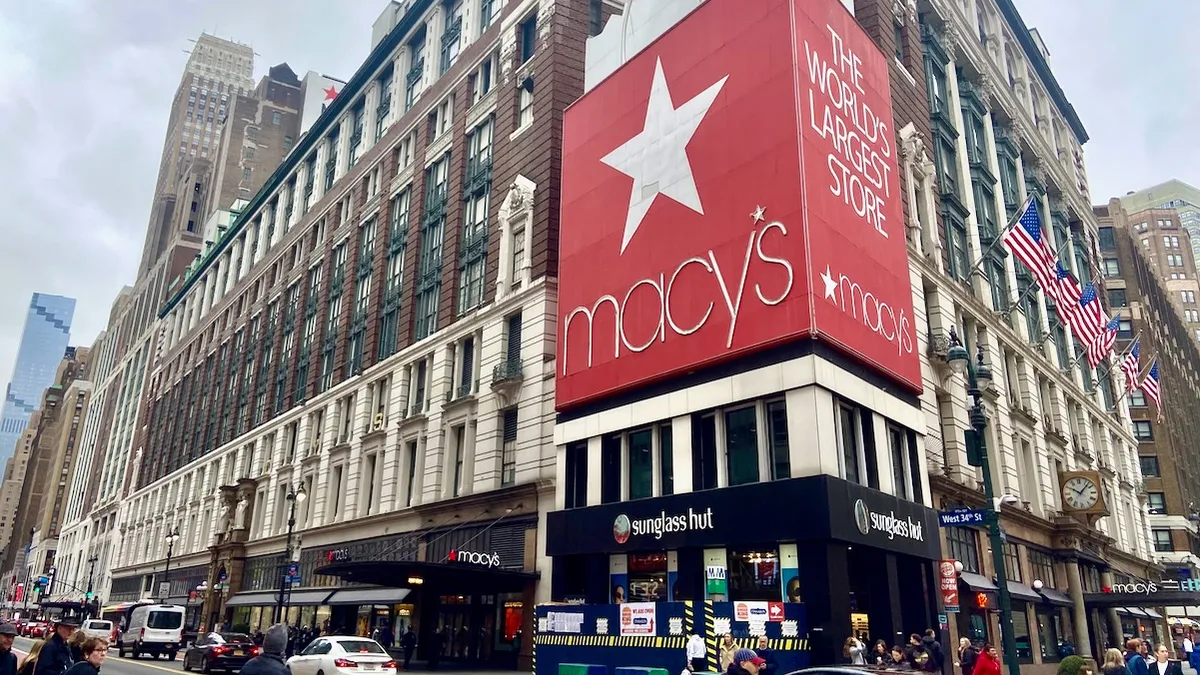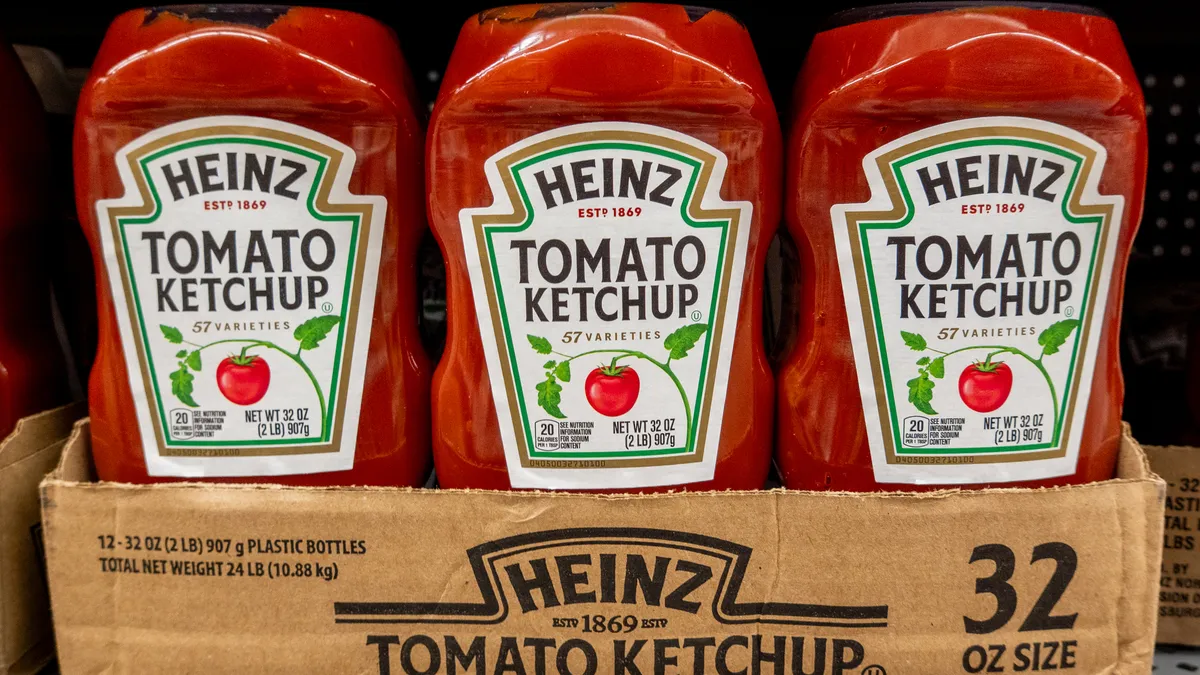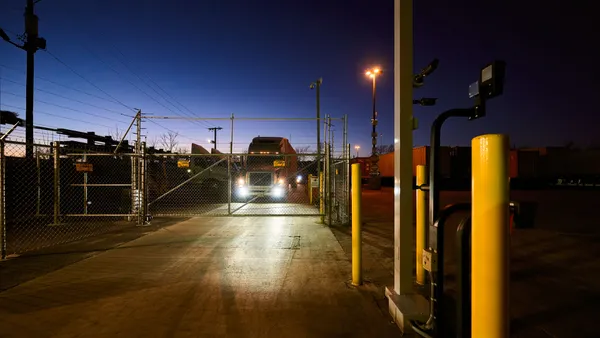Supply chains are constantly changing as new rules, technologies, resources and market trends transform operations. Here's a skim of the week's indexes, technology announcements, expansions and M&As from around the web.
In Case You Missed It
- A talent crisis is roiling the supply chain; can certifications and universities close the gap?
- Retailers' brick-and-mortar stores may turn out to be a long-run advantage over Amazon.
- The cities of tomorrow may look and work differently, thanks to e-commerce logistics.
Market Snapshot
Markets are volatile, so economists often turn to trends rather than month-to-month changes for forecasts, an instinct reflected perfectly in the Cass Freight Index's most recent title, "Economic Outlook from Freight's Perspective — On Your Mark, Get Set, Wait."
On a year-to-year basis, March was a good month for freight, as shipments and expenditures grew by 0.9% and 3.0%, respectively. Yet, indices outside the freight sector and particularly in manufacturing have reflected the concern of a slowdown in production, caused by a variety of reasons. Cass, too, reports a respective month-to-month slowdown and even decline in shipments and expenditures, but cautions against reading into it too much.
The reason: March 2016 was abnormally OK despite being in the middle of a freight recession, which finally ended October 2016. Now, March 2017 has a "tougher comparison" on year-over-year indicators, but readers should be encouraged that it continues a long trend of growth for transportation.
Improved economic conditions have much to do with this growth, as oil prices are back up and consumer spending is up as well, causing inventories to contract. Cass hopes may eventually lead to a general inventory restocking carried by transportation.
More reasons to be optimistic, despite a production slowdown, include the Conference Board's Leading Economic Indicators Index's continued growth (0.4% sequentially), national wage growth, an IMF projection of 3.5% global growth despite political uncertainty and the fact a slowdown does not mean production contraction.
Technically Speaking
Peloton Technologies, project44, Freightos, Bringg, New York Shipping Exchange — each of these startups has recently made headlines for securing millions of dollars in venture funding, as they promise to disrupt supply chains with new technology.
New market entrants are hardly a surprise for a fragmented industry, but the promise of logistics startups has caught investors' eyes over the past two years, sparking a boom in technology, adoption and funding deals alike. A recent Quartz report reveals venture capitalists have backed over 245 startups with more than $4 billion in funds over the past two years.
The startup wave is not being supported solely by Silicon-Valley venture capitalists, however. Industry giants are now turning to new companies to help them digitize as well. Some, like FedEx and Maersk, even have their own accelerators, while others like General Electric, UPS and DHL choose rising stars for direct partnerships.
That's not to say industry leaders are falling behind on the innovation game — quite the opposite. UPS, for example, recently launched its Preload Smart Scan program, which uses Bluetooth beacons to alert drivers if they are carrying a package destined for a different route. Similarly, General Motors continues to invest heavily on its self-driving cars division and JDA recently published a new book-for-dummies detailing five steps to help companies digitize.
Overall, the supply chain seems to be gaining in collaboration as new technologies pressure established companies to innovate more consistently and invest in good ideas. The recent wave of startup growth does not appear to be slowing down.
Breaking Ground
As lumber disputes with Canada and seeming policy reversals on NAFTA or China boil over to create a cloud over trade policy, many companies are taking a closer look at their supply chain to identify the areas of highest risk. While some jumped the gun in announcing increased investment in the U.S. sites given political uncertainty, many still wonder just how President Donald Trump's trade stances should affect site selection.
In a recent report, Cushman & Wakefield addressed these questions to conclude that U.S. industrial real estate depends heavily on trade, and many markets would suffer heavily from withdrawal from NAFTA or a from a trade war with China. In fact, the dependence on trade is so strong that the real estate firm concluded the policies were highly unlikely to take shape.
The report counted 408,685 industrial tenants importing and/or exporting abroad, more than 97% of which are small or medium-sized enterprises. Altogether, U.S. exports with free trade partners supported over 4.2 million jobs in 2015, while trade with such partners increased real GDP by $32.2 billion (0.2%) per the report.
Of course, the U.S. has roughly 14 free trade agreements (FTAs) with 20 countries, and not all of the partners are on the administration's watchlist. Based on rhetoric, Mexico, China and other countries with which the U.S. runs a deficit are the main targets.
Yet, the report finds NAFTA partners and China are the most important partners on a state-by-state basis, an important factor to consider when thinking of real estate.

In mapping each state's top import and export partners, Cushman & Wakefield found all 50 states could count either Mexico, Canada or China as a top partner, and only 10 states could count any other country as a top partner altogether. Some major markets were particularly dependent on a single country, too — Texas, Ohio and Pennsylvania both imported and exported the most goods to Mexico, Canada and China, respectively.
A quick look at Atlanta, GA's metropolitan warehouse market may help further illustrate the point. The regional logistics hub boasts 474.4 million square feet of warehouse stock, a number which has grown by 42.5% from 1995 — the year after NAFTA was enacted — to 2016. As of 2015, international trade accounted for 11.3% of the stock and was valued at $337 billion.
The report breaks down 63 additional markets into such statistics, but the trend remains: Cross-border trade has largely benefited industrial real estate, and any shift in trade policy will have a ripple effect on state and local economies.
Mergers & Analysis
Wal-Mart is on a shopping spree, as it collects specialized companies in a drive to compete with e-commerce rival Amazon on more solid footing.
The retail giant's e-commerce division Jet was reportedly in talks this week to acquire men's apparel e-tailer Bonobos, just a month after purchasing women's e-tailer Modcloth and following earlier purchases of footwear site Shoebuy and outdoor e-tailer Moosejaw. Let's not forget Jet.com also was acquired by Wal-Mart less than a year ago.
Analyses of the event suggest Wal-Mart's spree is an effort to expand its portfolio to be more competitive with Amazon, while Amazon itself invests more heavily in a brick-and-mortar presence (particularly for grocery retail) and is surrounded by speculation of further acquisitions.
Acquisitions are a tried and tested tool to take advantage of existing brands, reach new audiences and continue scaling growth. Sometimes, as it would seem with Wal-Mart, it leads to a clear a strategy shift. Time will tell whether the efforts prove successful, however.
In other news, an Overdrive analysis suggests the Swift-Knight mega-merger that shook the trucking industry last week will not actually change much; Hunter Harrison's first quarterly report as chief of CSX signaled strong hope for performance improvement; and BNSF Railway's logistics division announced it would open a new branch in Queretaro, a central state in Mexico.







